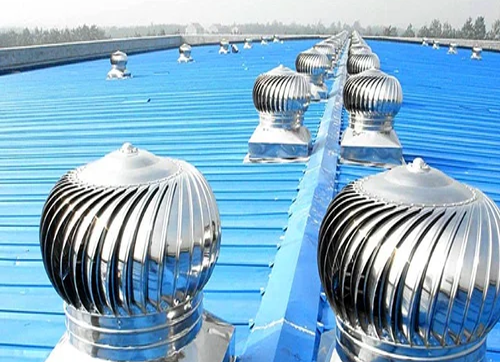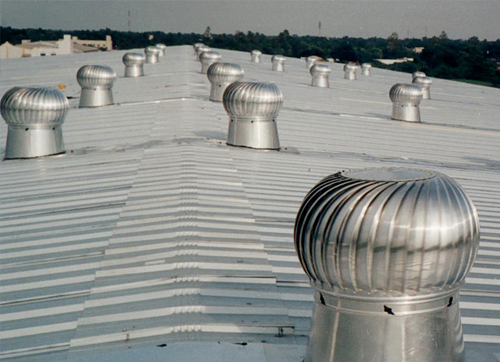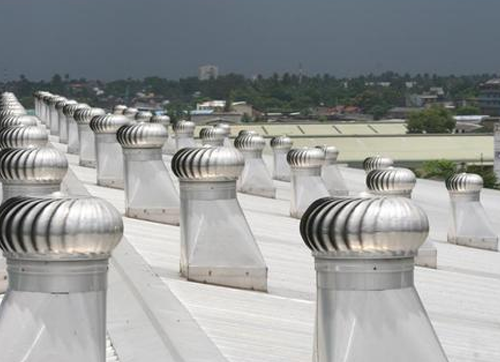- +91-82849 67143
Wind Mill Ventilator & turbo Ventilator
The Interior speak for themselvesWind Mill Ventilator & turbo Ventilator
Wind mill ventilators, also known as wind-driven roof ventilators, harness the natural force of wind to create airflow. They consist of a series of vanes or fins that rotate with the slightest breeze. As the wind blows, it creates a pressure difference between the inside and outside of the building. This pressure difference drives the rotation of the vanes, drawing air from the inside and expelling it outside. Wind mill ventilators are effective in areas with consistent wind patterns and can operate even at low wind speeds, providing continuous ventilation without electricity consumption. They are particularly useful for industrial settings, warehouses, and agricultural buildings.
Turbo ventilators, on the other hand, are wind-driven roof exhaust fans designed to enhance ventilation using the "venturi effect." These ventilators consist of a cylindrical body with specially designed vanes that rotate when exposed to wind. As the wind flows over the vanes, it creates a low-pressure zone inside the ventilator, causing air to be drawn out from the interior of the building. Turbo ventilators are effective in removing hot and stale air, odors, and humidity, improving indoor air quality. They are commonly used in factories, workshops, commercial buildings, and residential spaces.
Both wind mill ventilators and turbo ventilators are eco-friendly, as they rely on natural wind energy and do not require electricity to function. Additionally, they contribute to energy conservation by reducing the need for mechanical ventilation systems. Properly installed and maintained, these passive ventilation solutions can significantly enhance air circulation, reduce condensation and mold formation, and create a more comfortable and healthier indoor environment. It is essential to consider the wind patterns, roof design, and building layout when choosing between wind mill ventilators and turbo ventilators to ensure optimal performance and benefits for the specific application.



